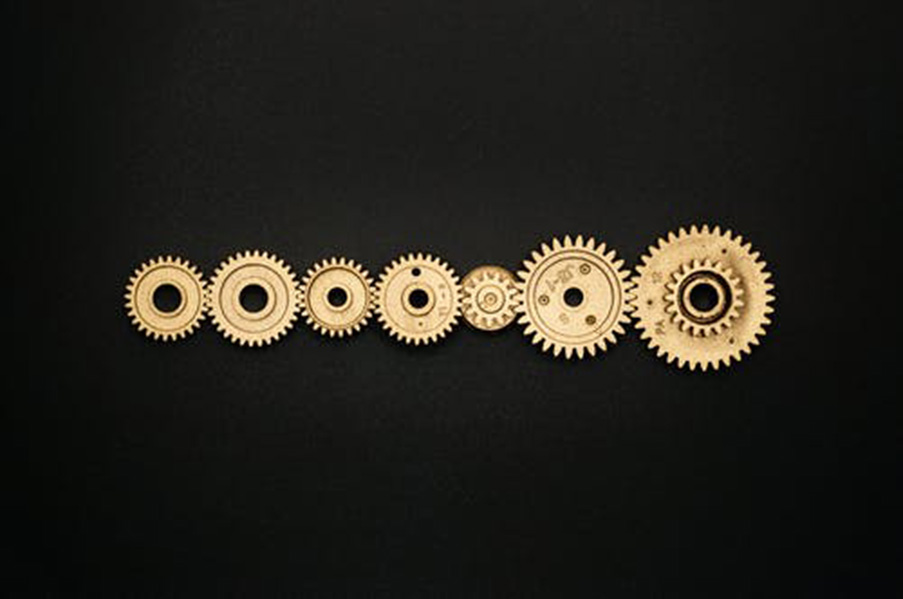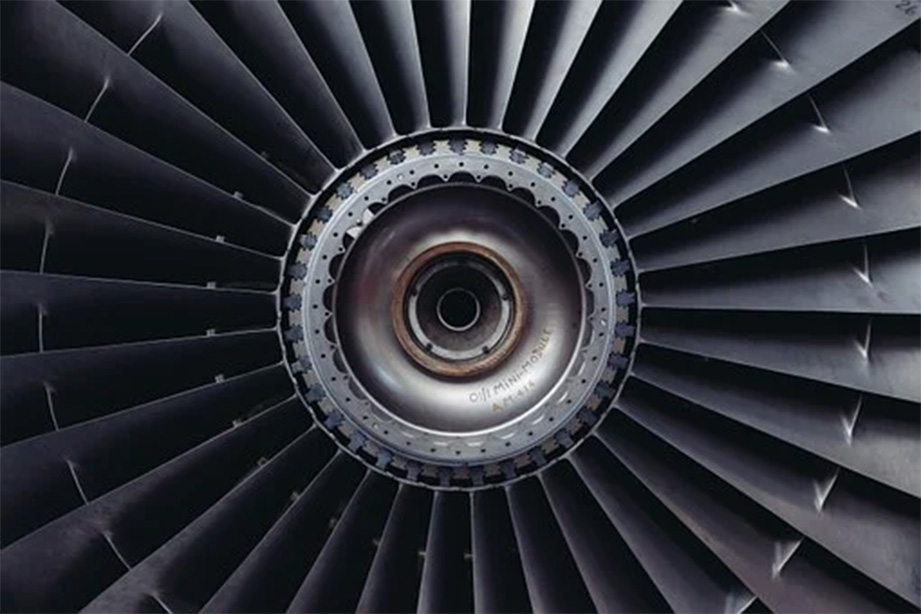Machine components and parts play an important role in the history of human civilization, but due to the constant improvements in technology, but these days with technological innovation moving so quickly, only a small percentage of these products remain relevant just a few years after their development. However, with the help of a process called “reverse engineering”, technology can be developed which can withstand the test of time.
A proper understanding of what is involved in reverse engineering is essential in order to implement it in the right situations.
This article is a guide to four fundamentals you need to know about reverse engineering.
1. The Process
Reverse engineering is a method used to replicate existing components, subassemblies, or products, or create new components that can be merged flawlessly with existing ones. There are so many benefits of reverse engineering and you can click here to learn about some of the main ones. One of the biggest major benefits of reverse engineering is that it does not require the original design information such as drawings, models, or design data.
There are various steps that go into effective reverse engineering:
- Working out which equipment will be suitable for the type of data you need to capture.
- Scanning the original geometries.
- Further refining the data using human manipulation and automated technologies.
- Manufacturing of a 3D model.
2. Time
The rise of technology has certainly influenced reverse engineering in many positive ways, but unfortunately this process has not reached the level of conducting a quick scan and producing an immediately completed 3D model. However, scanning technology has improved tremendously, allowing various parts and materials to be scanned with incredibly high accuracy.
Multiple steps along the way will take up your time, including:
- Scanning time is dependent on the complexity of the gadget or component, the speed of scanners and the deconstruction process, and may vary from a few hours to several weeks.
- Refining time is dependent on the size and complexity of the item scanned and may vary from a couple of days to several weeks based on the amount of detail needed.
3. Equipment
In order to implement reverse engineering effectively, you need to have the right equipment for the job.
Here are some specialized tools that may be utilized during the process:
- A 3D scanner is the primary choice for scanning your items or parts and the right scanner for your needs can be selected based on various points such as your budget, the degree of accuracy needed, the dimensions of the product or part, and the level of detail desired.
- Specialized software that has the ability to interpret the data collected by the scanners and connect those details accurately, forming a digital model of the original object that will be used for later refining with different CAD programs.
- A trained and experienced operator will act as the human factor in interpreting and identifying areas in the process in need of close attention or adjustments, ensuring that the software does its job in the most efficient and effective way.
4. Common Uses
Reverse engineering is commonly used for the following purposes:
- Legacy parts replacement: Keeping larger machines in operation by examining and reproducing defective or faulty parts, without having to buy new components or models is easily possible with reverse engineering. This process can be repeated over and over again with the digital data that you have, allowing you to reproduce parts regardless of whether the original manufacturers are still in business or not.
- Parts service or repair: If a specific part or component is no longer repaired or serviced by the manufacturer, reverse engineering can be used to create design documents for the part. These can then be used to figure out how to complete the repair accurately and efficiently.
- Failure analysis: Deconstructing the machine and examining the digital design files with reverse engineering can reveal flaws and can help you plan how to repair that piece of equipment so that it functions properly again.
- Parts improvement: After conducting a failure analysis, it is time to alter or upgrade the faulty component, and from the understanding you have gained through reverse engineering, adjustments on the original design can be made for improved performance.
- Diagnostics and problem-solving: In a sequence of industrial processes with numerous machines and components, it can be difficult to pinpoint the source of the problem affecting the flow of operations, but with the help of reverse engineering, that is no longer the case. You can now determine how everything works and identify where things can and do go wrong.
As technology continues to develop and advance at an astonishing pace, reverse engineering has become an essential part of today’s existing manufacturing systems. It drastically improves the accuracy of traditional engineering methods with the help of software, while cutting down on the cost of having to replace the entire device.






